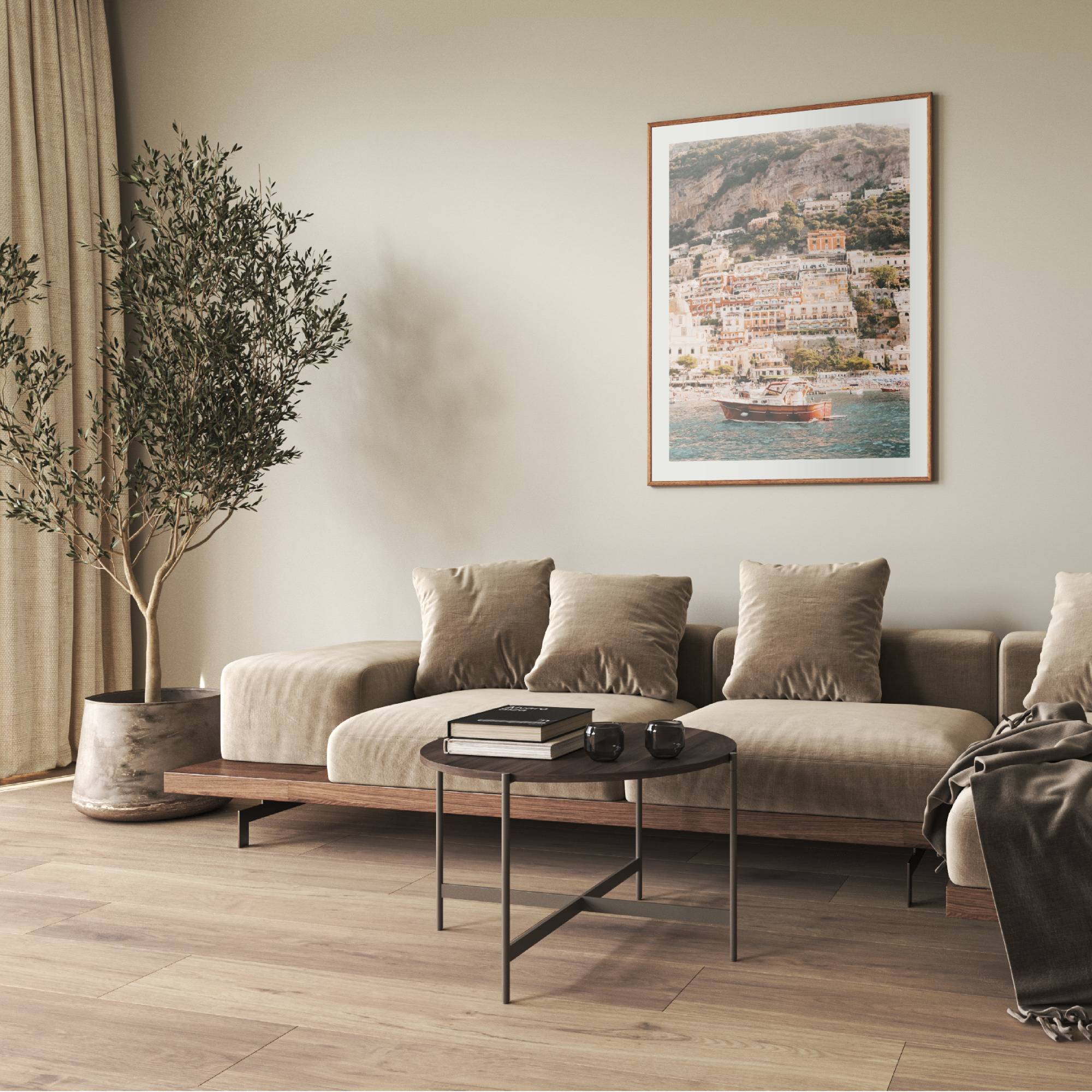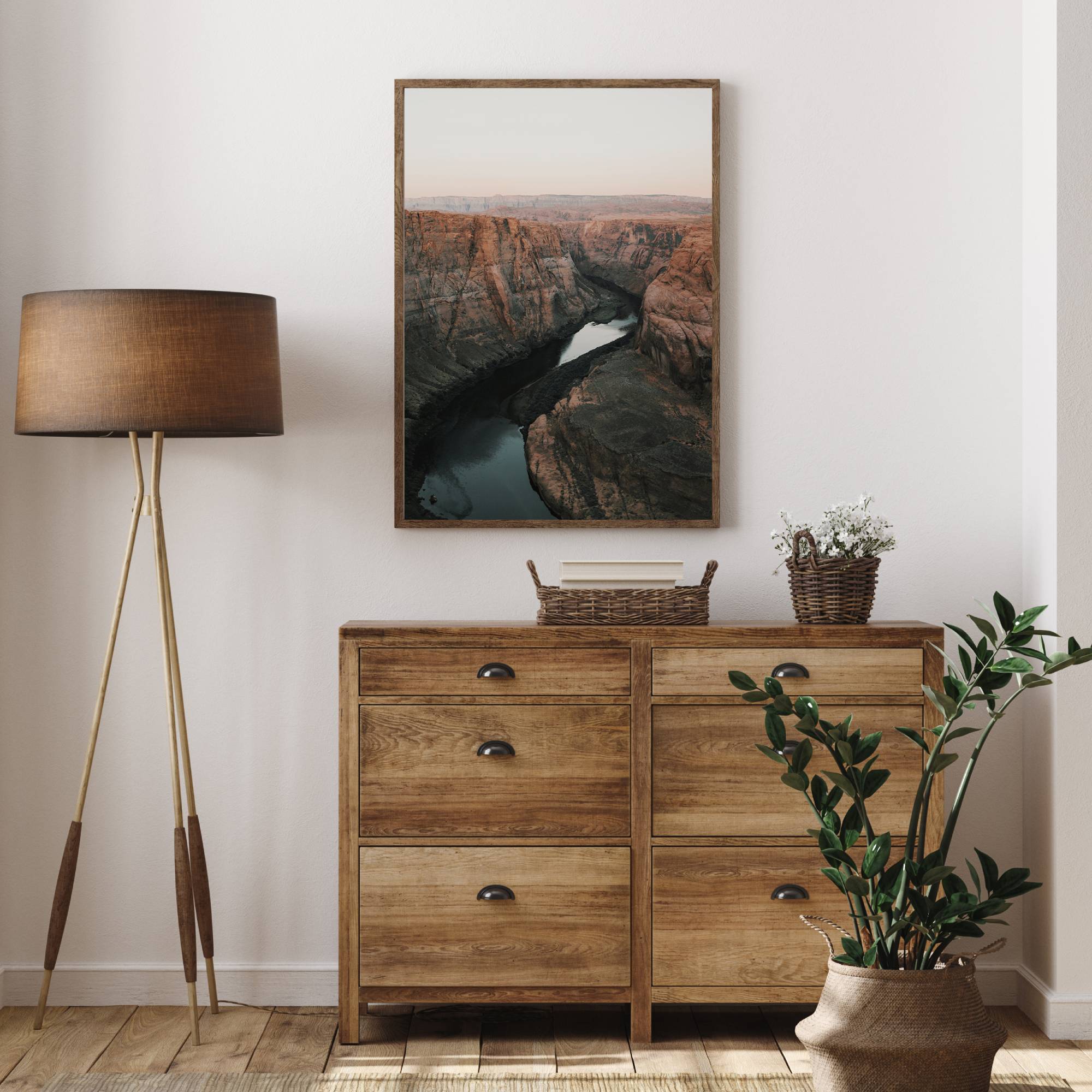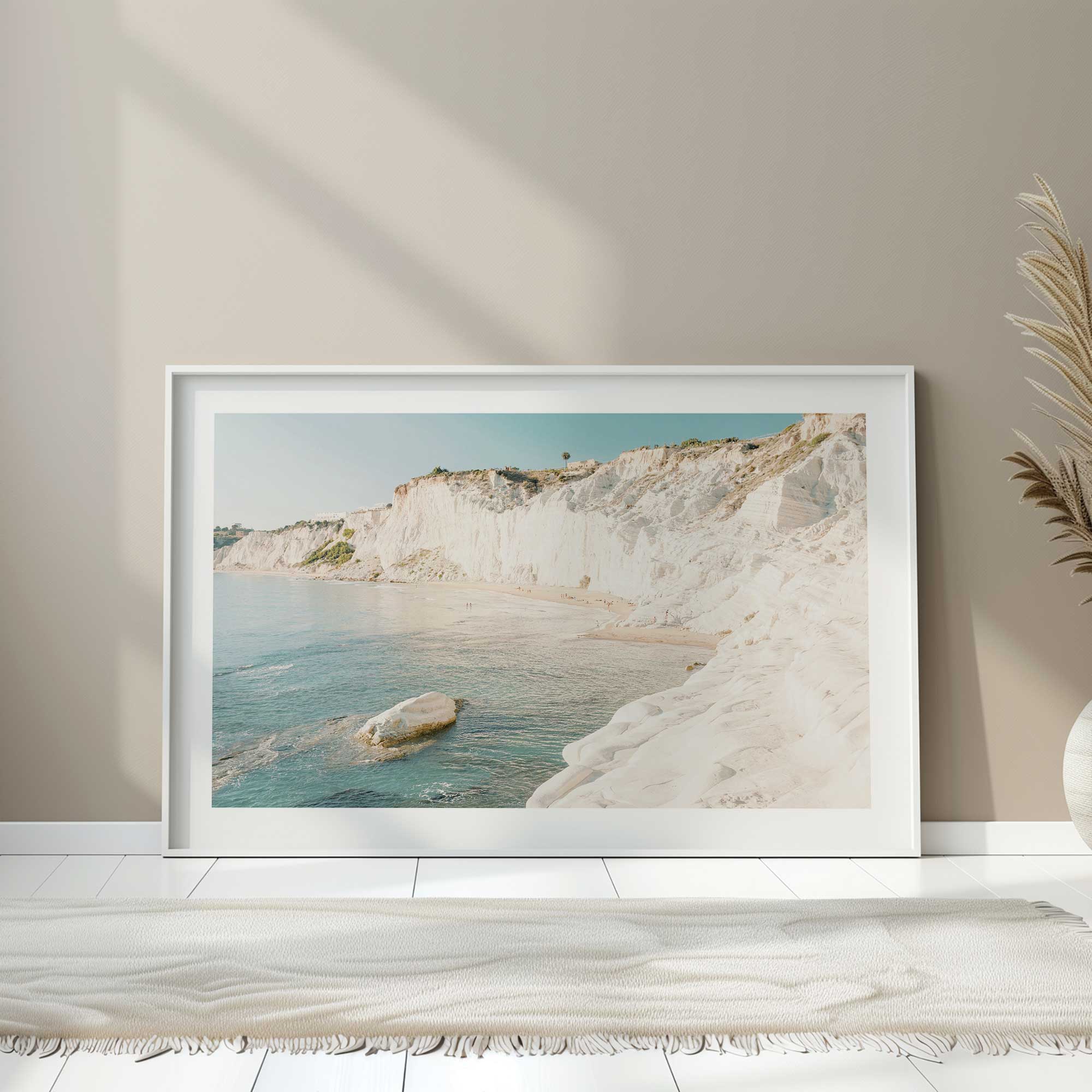Photography is an art form that captures moments, emotions, and stories in a single frame. But how you present your photos can significantly impact their visual appeal. Matting and framing are essential techniques that can elevate your photography, turning a simple image into a stunning piece of art. In this post, we’ll explore how to use matting and framing to enhance your photos and make the most of your artwork, with specific advice on choosing the right mat sizes for your frames.
Why Matting Matters
Matting is more than just a decorative border around your photo; it plays a crucial role in how the image is perceived. A well-chosen mat can:
- Draw attention to the subject: A mat draws the viewer’s attention to the photo by creating a visual separation between the image and the frame. This helps to highlight the subject and keep the focus on the most important elements of the photo.
- Enhance color and contrast: The color and width of the mat can complement or contrast with the photo, making certain elements pop.
- Protect the photo: Mats keep the photo from directly touching the glass, preventing potential damage and preserving the quality of the image over time
Tips for When to use a Photo Mat
Mats can enhance a variety of images, but they’re particularly beneficial in the following situations:
- Portraits: Whether it’s a family portrait, a graduation photo, or a candid shot, mats help draw attention to the faces and expressions in the image. A mat creates a clean boundary around the photo, ensuring the focus stays on the subject.
- Fine Art Photography: Artistic images, such as landscapes, abstracts, or black-and-white photos, benefit from matting as it adds a sense of formality and enhances the presentation. The mat can also help emphasize the mood or tone of the image by using complementary or contrasting colors.
- Smaller Images: When you’re framing a smaller photo, a mat can give the piece more presence on the wall. The extra space around the image provided by the mat helps the photo stand out, making it a focal point in the room.
- Highly Detailed Photos: If your photo has a lot of intricate details, a mat can prevent the image from feeling cramped or overwhelming. The mat provides breathing room, allowing viewers to appreciate the fine details without distraction.
- Grouping Photos: If you’re creating a gallery wall or displaying multiple images together, mats can help create a cohesive look. By using mats, you can unify different photos of varying sizes and styles, giving the overall display a polished appearance.
When to Skip the Mat
While mats are often a great choice, there are times when it’s best to frame your photo without one:
- Bold, Full-Bleed Images: Photos that are vibrant, colorful, or have strong compositional elements often look best without a mat. A full-bleed framing (where the photo goes edge-to-edge within the frame) can make a powerful visual statement, giving the image a more immersive feel.
- Modern or Minimalist Decor: n settings where a clean, sleek aesthetic is desired, skipping the mat can contribute to a more streamlined look. Photos framed without mats can blend seamlessly with minimalist or contemporary decor, keeping the focus on the image itself.
- Panoramic or Wide-Angle Shots: For images that emphasize width, such as panoramic landscapes or wide-angle shots, a mat can sometimes disrupt the flow of the image. In these cases, framing the photo without a mat allows the full impact of the composition to be felt.
- Artwork or Posters: If you’re framing something that’s already designed to be viewed without borders—like posters, graphic art, or certain prints—it’s often best to skip the mat and let the artwork speak for itself.
Choosing the Right Frame to Complement the Mat
When you do choose to use a mat, it’s essential to select a frame that complements both the mat and the photo. Here are some tips:
- Match the Style: If your photo has a classic or traditional feel, consider a more ornate frame paired with a neutral-colored mat. For modern or abstract photos, a sleek, minimalist frame with a bold-colored mat might be more appropriate.
- Consider the Space: Think about where the framed photo will be displayed. For larger spaces, you might choose a wider mat and frame combination to create a more substantial visual impact. In smaller spaces, a thinner mat and a simple frame can prevent the display from feeling overwhelming.
Transform Images with Expert Matting
Matting and framing are powerful techniques that can significantly enhance the presentation of your photography. By carefully considering when to use a mat—and when to let your photo stand on its own—you can create stunning visual displays that elevate your images to the next level.
Whether you’re looking to add a professional touch to your portraits, create a cohesive gallery wall, or make a bold statement with full-bleed images, the right matting and framing choices can make all the difference. Explore our collection of frames and mats to find the perfect combination that enhances your photography and transforms your photos into cherished pieces of art. Happy Decorating!










